Here is a an overview of how BAT Machine started. We hope you enjoy looking back as much as we did putting it together!
It all started with a kid and his love for firearms, a mother that would not let him own one and a father that could fix anything. So what is a kid to do… just make his own!
In the beginning this involved stocks made from scrap 2×4’s, copper pipe barrels, nails for triggers, and a lot of imagination to make it “shoot”! A few years later he started using the tools available (bench grinder, hack saws, hand drill and files) to recreate firing control systems seen in other rifles. During this time he also built a complete working Violin and many knives. His first working firearm was a 22 rimfire break open pistol (as drilling more than 10 inches with a hand drill was out of the question). After showing some local gunsmiths his creation, he discovered that he could purchase barrel blanks, so he turned it into a rifle. Needless to say, it required careful muzzle control when loaded as the gun had a light trigger!
Soon after this, he learned there were machine tools that made building parts much easier. Following this, he registered for the machine shop class at his local high school and purchased a lathe that he put in his parent’s basement! Since milling machines were out of his budget, he decided to build his own. It took him about a year and a half to build the machine, but afterwards he was able to make the parts he needed at home!
At first he built a few bolt action rifles but soon moved to building falling blocks. After high school, he went to Spokane Community College for Machine Shop. Once graduated, he went to work for Fleck Co. in Auburn, WA. Here he learned precision machining at the highest level. During these years he made many falling block rifles for himself and customers. Soon he became aware of the Benchrest discipline. Benchrest shooters were in need of better actions than what was available at the time. As a result, he started building bolt action rifles again. By 1996 he could no longer keep up with these action orders working only after hours and on the weekends. He finally decided it was time to quit his day job building molds and started building actions full time!
The journey Begins

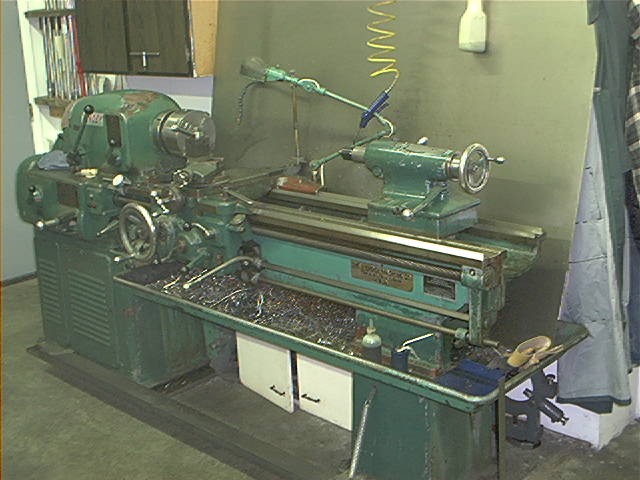
A variety of bolt action and falling block receivers were built into rifles by the founder of BAT, Bruce A Thom for personal use.
BAT Machine Co was founded and continued to produce falling block single shot rifles until around 1994.


The first single shot bolt action was produced for sale. This design was specifically for Benchrest competitions.


Design was completed and production started for the large model L action. It was designed around the 1000 yd unlimited Benchrest competition.

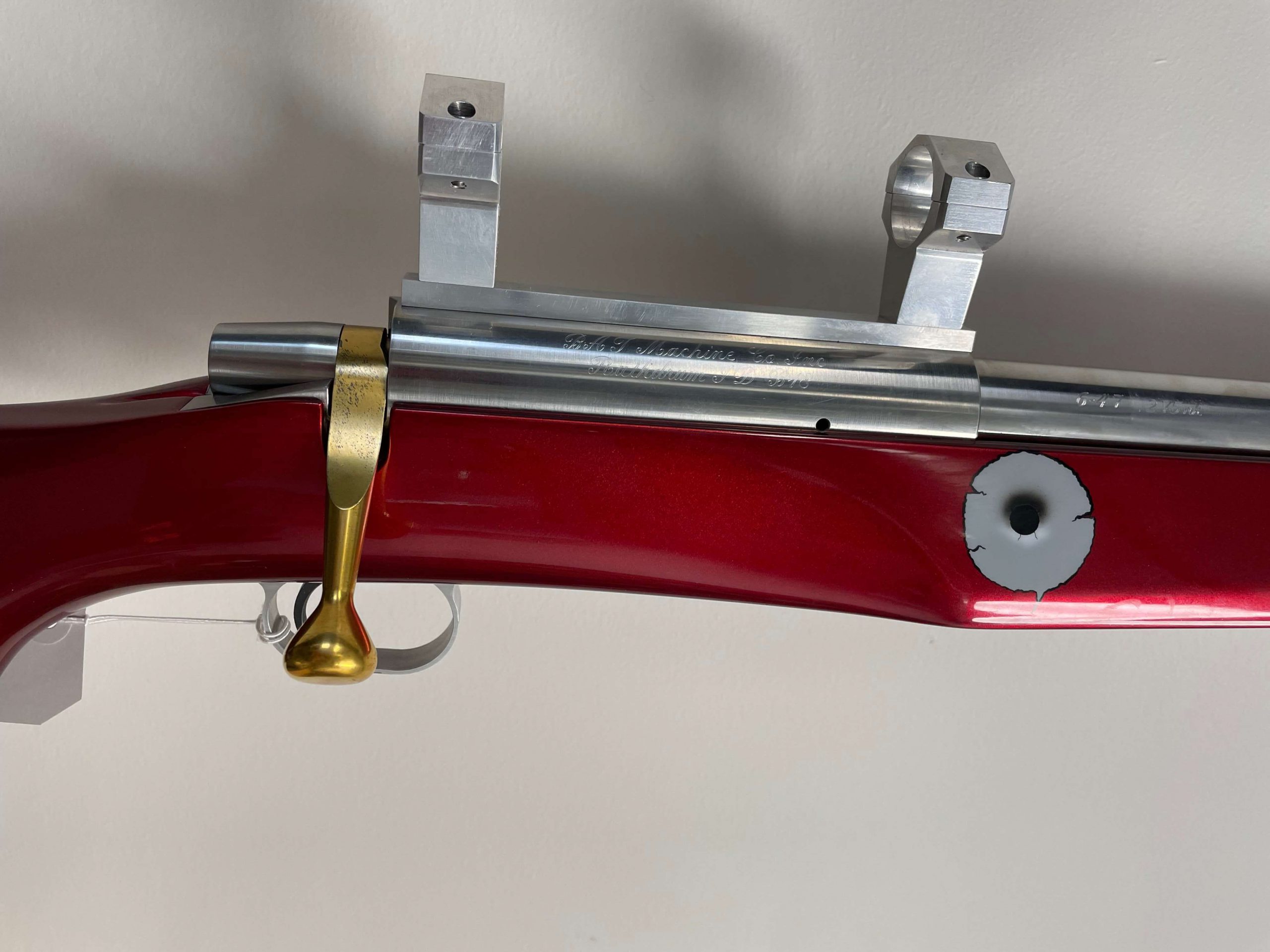
BAT Machine Co. Inc. became a full-time business. Production began on the model B and model M receivers.

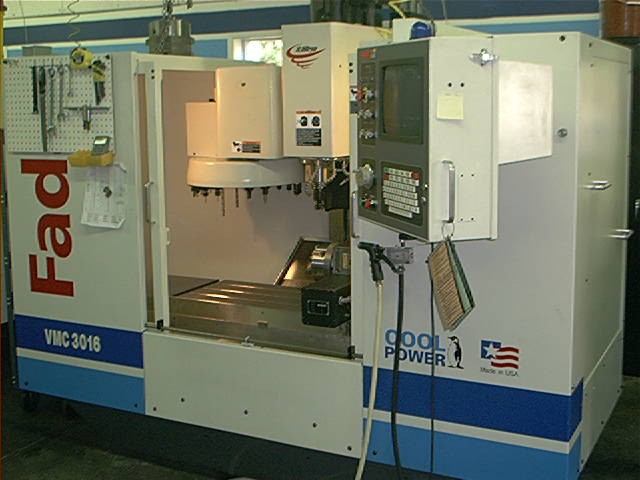
Major changes were happening at BAT. The first CNC machining center was installed which included full 4 axis capabilities. Another huge addition was hiring Tom Dickson. Tom became vital for our customer relations and product development. The success of BAT is tied very closely to Tom Dickson!

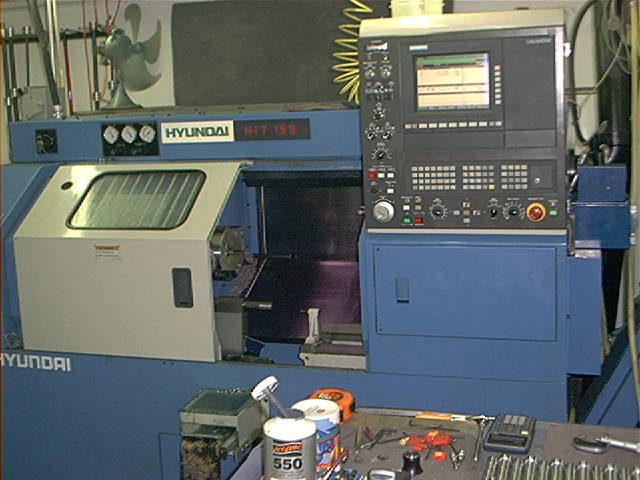
The first CNC turning center was installed. Models SB and MB are designed and offered for sale.

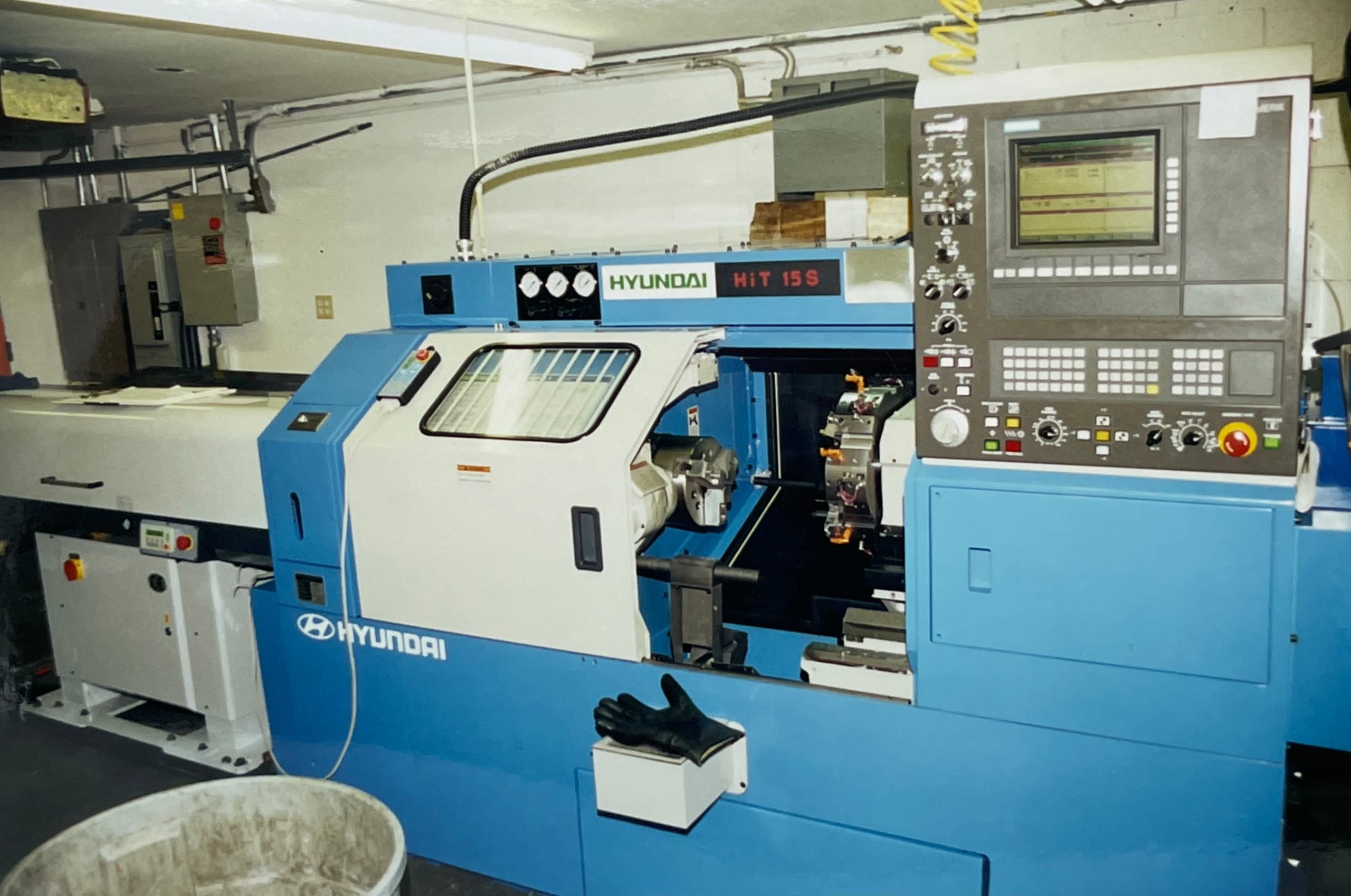
The second CNC turning center was installed.

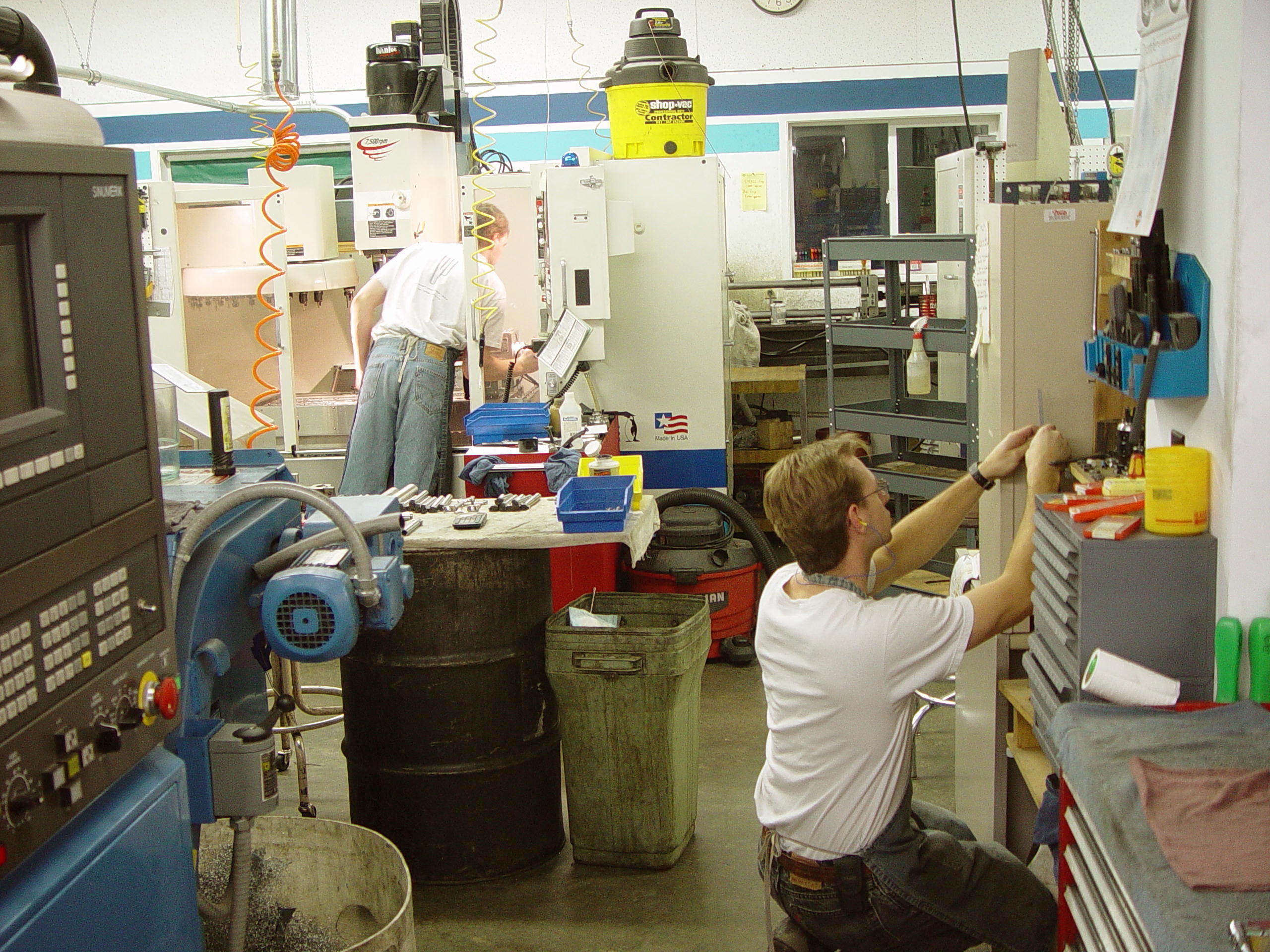
The 1st major addition to the shop was needed to house all the new equipment. Up until this point, the shop was all contained in a two-car garage. At this time, the shop space was increased from 850 sq/ft to 2200 sq/ft. With the additional space, a second CNC machining center was purchased, doubling the milling capabilities. Design work on the model 3L started.

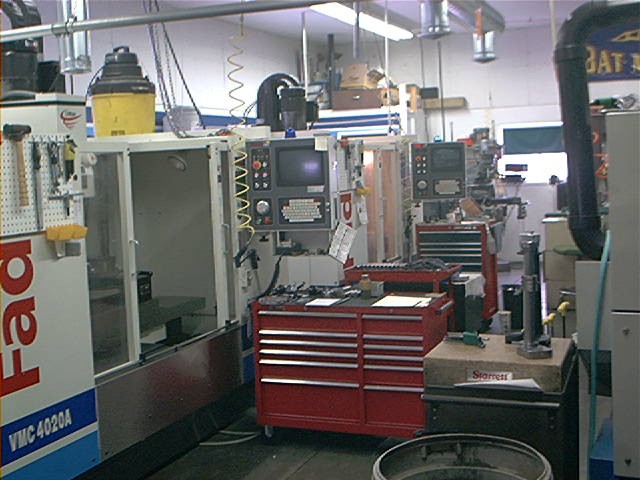
The model 3L was introduced. Another CNC machining center was installed bringing the total CNC 4 Axis milling machines to three.

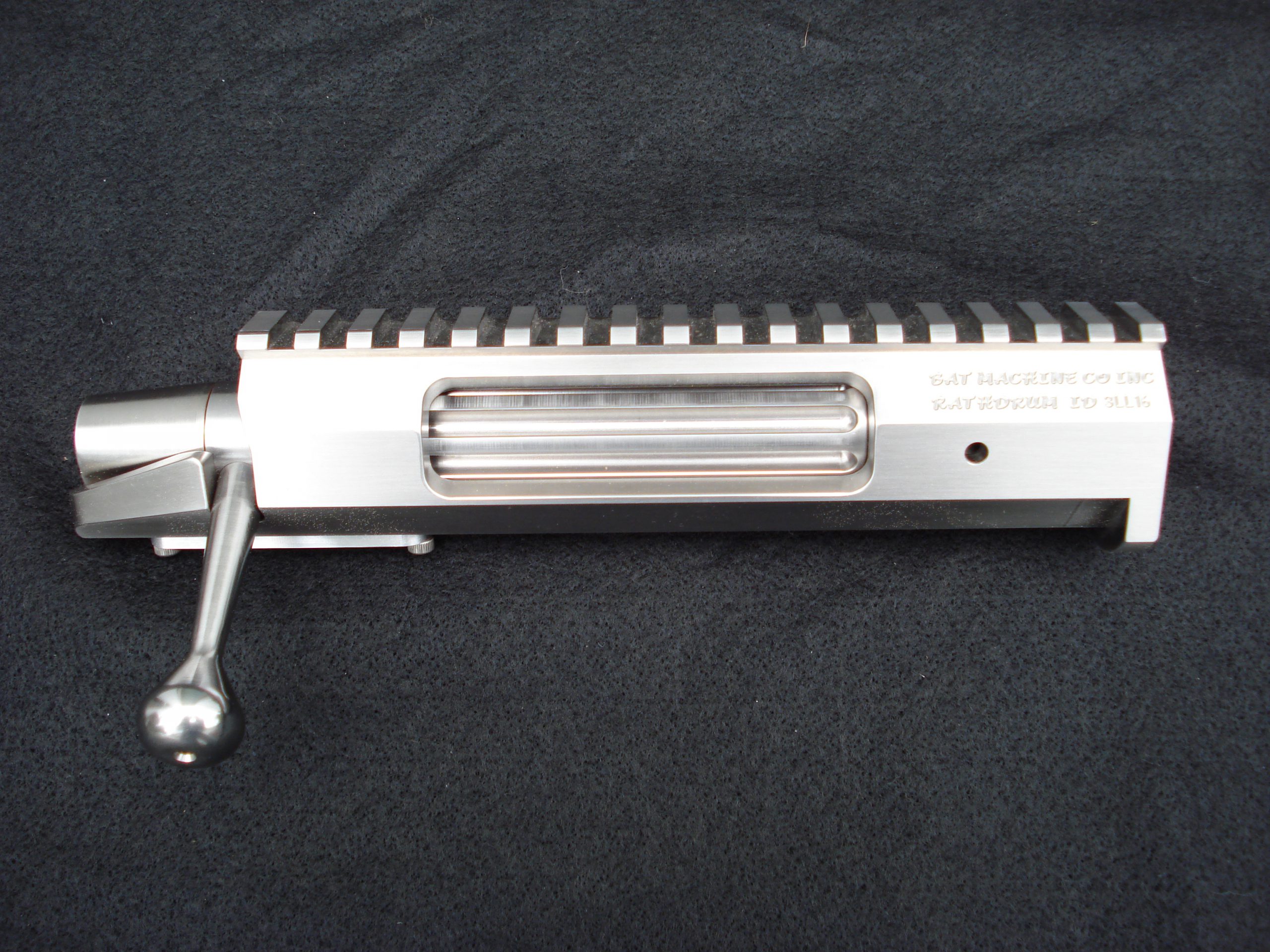
This year we introduced the RS & RL hunting style repeater actions as well as the long version of the 3 lug action.

DS model action was introduced with design features requested by Dwight Scott. The model EX action for the 50 BMG Benchrest competition was also introduced.

VR and HR repeater models based on the Remington 700 footprint were created replacing the RS and RL models in the product lineup.

The CT model action production began along with the 3rd addition to increase floor space.

The first 5 Axis machining center was installed.


Another addition to increase floor space was completed.

4 axis pallet changing horizontal machining center was installed. This is also the year Tom Dixon retired and Daryle Thom was hired to take over his duties as well as many other aspects of the operation.

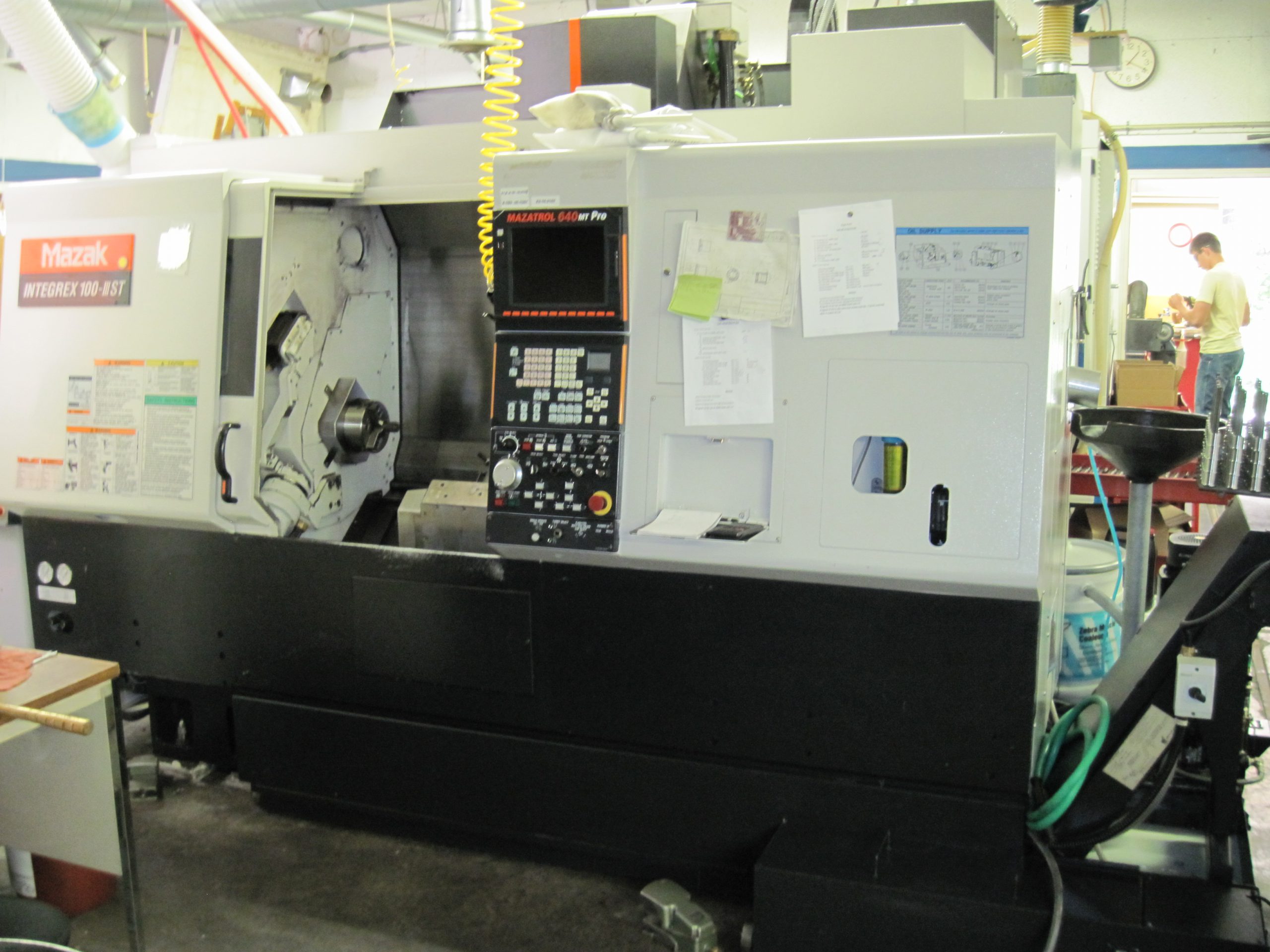
This year we get a 9 axis machining center with a bar feeder. This allowed us to combine operations that had previously taken several machining operations and types of machines to complete.

Product improvements and production improvements continued.

A new 6 axis turning center was installed.

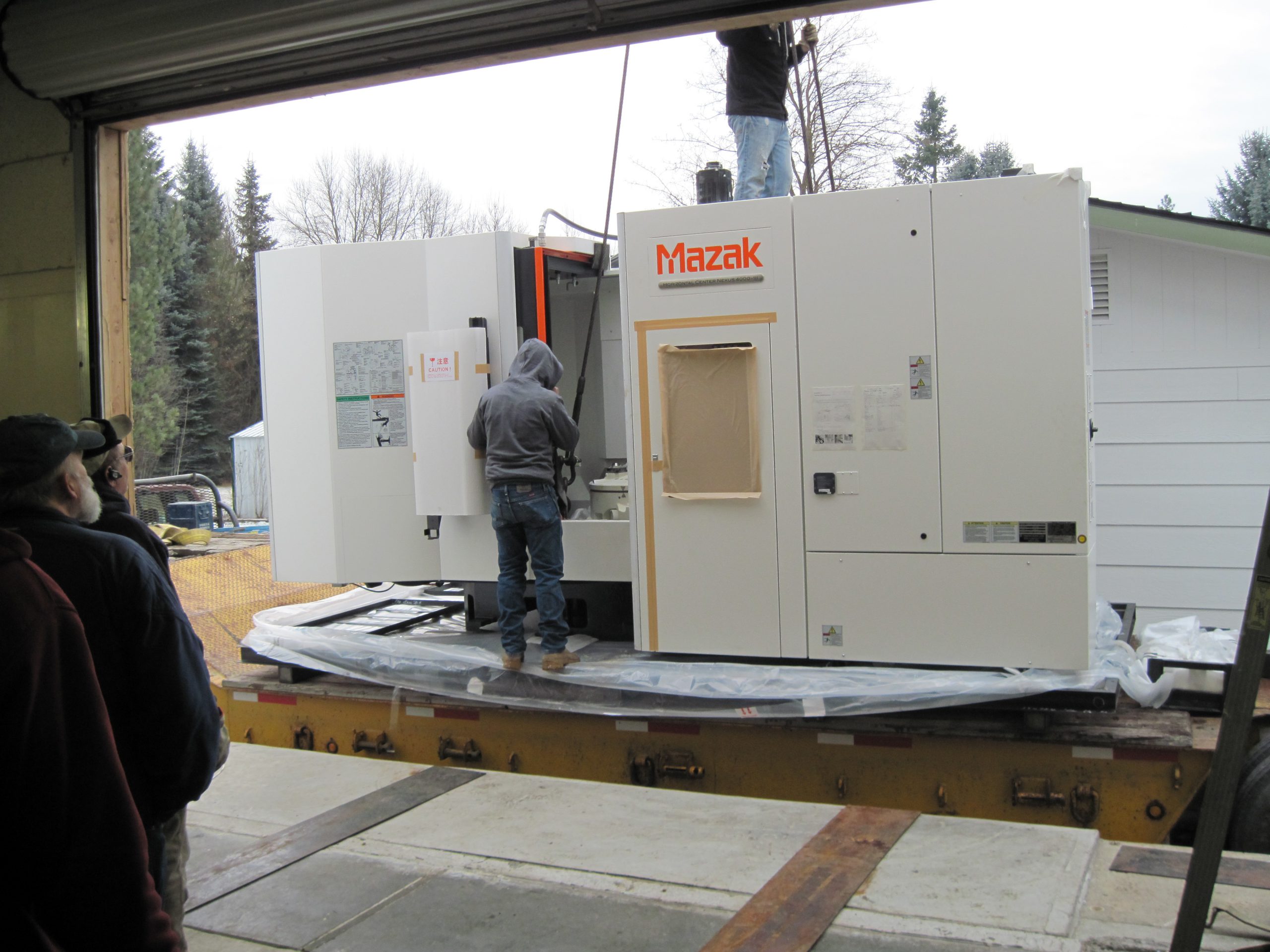
5th addition to BAT shop space was completed along with a new 4 axis horizontal machining center being installed.

The Neuvo action design started at the request of Dwight Scott and Chris Harris. Also, a new 8 axis turning center was installed. Property was purchased for the future home of BAT Machine.

First Neuvo models shipped, and design of the new BAT factory had started.

New shop completed, and entire shop moves into the new facility. Wire EDM machine was added to our growing array of equipment and capabilities. The TR model starts shipping.

A second wire EDM was added and we replaced one of our oldest turning centers with a new one. The EXS model was created for the king of two-mile competition.

The long-range Nuevo model LR started shipping to Bullet Central.

We introduce the Bumblebee and the Vampire aluminum body actions as well as the Igniter Chromoly action.

A new 5 axis machining center was installed, and we celebrated our 25th year of full-time operations!!